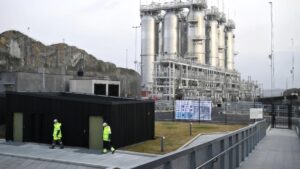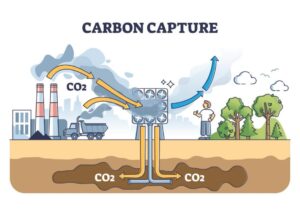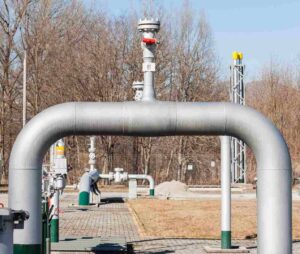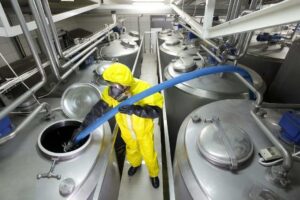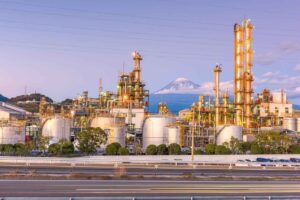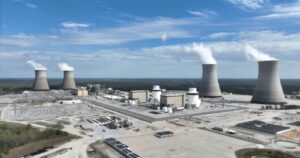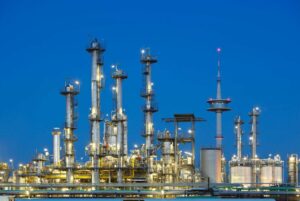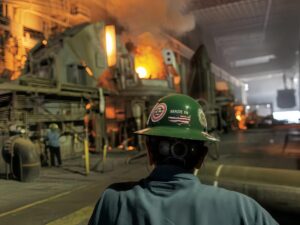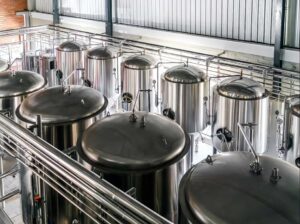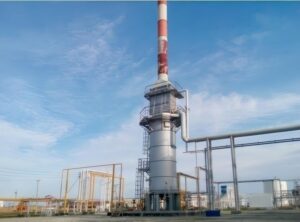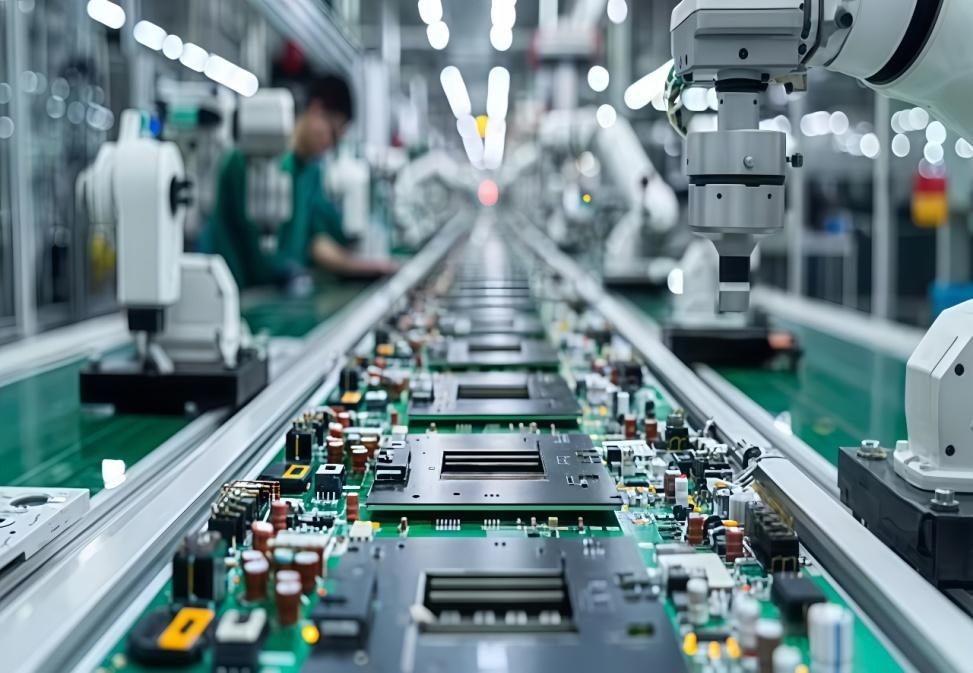
In today’s high-stakes electronics industry, success isn’t just about innovation—it’s about safety. From semiconductor fabs to OLED deposition lines and PCB assembly, manufacturers use a wide mix of toxic, flammable, or ultra-pure gases. Any leak or impurity can halt production—or worse, cause harm.
That’s why process gas analyzers matter. These intelligent sentinels measure gas concentrations in real time. They power safety systems, trigger ventilation and alarms, and link directly into Safety Instrumented Systems (SIS). The result? A robust, layered defense that enhances operational safety and keeps regulators happy.
Which Applications in the Electronics Industry Require a Process Gas Analyzer?
To understand where analyzers matter most, we need to look at specific high-risk processes across electronics manufacturing. The electronics industry runs on carefully controlled gas environments. Thus, process gas analyzers play a critical role in several key applications:
- Semiconductor fabrication
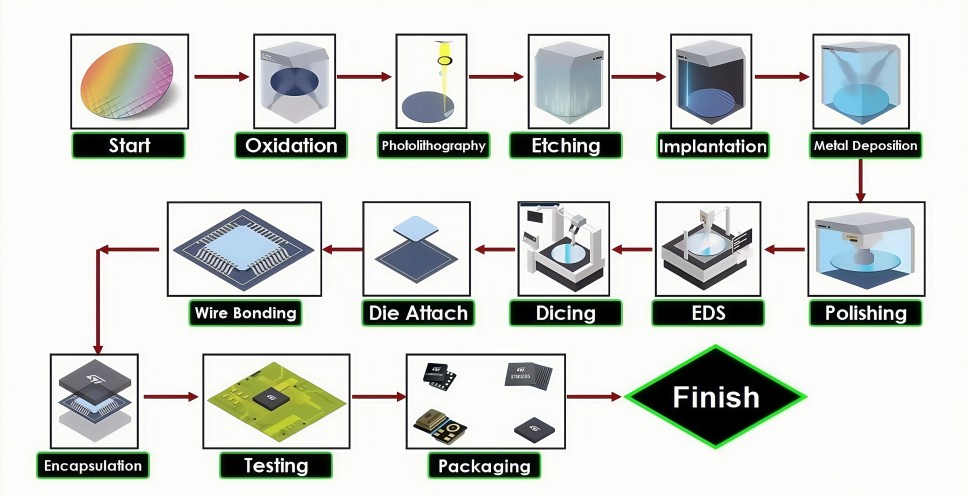
(Semiconductor Manufacturing Process)
Processes like etching, doping, and chemical vapor deposition rely on hazardous gases—HF, NH₃, SiH₄, HCl, VOCs, SF₆, and PFCs. Leaks here can cause costly shutdowns or safety incidents.
- OLED & display production

(Manufacturing Process of OLED)
These processes require tight control of organic vapors and inert atmospheres. Real-time analysis ensures deposition quality and prevents contamination.
- PCB soldering & assembly
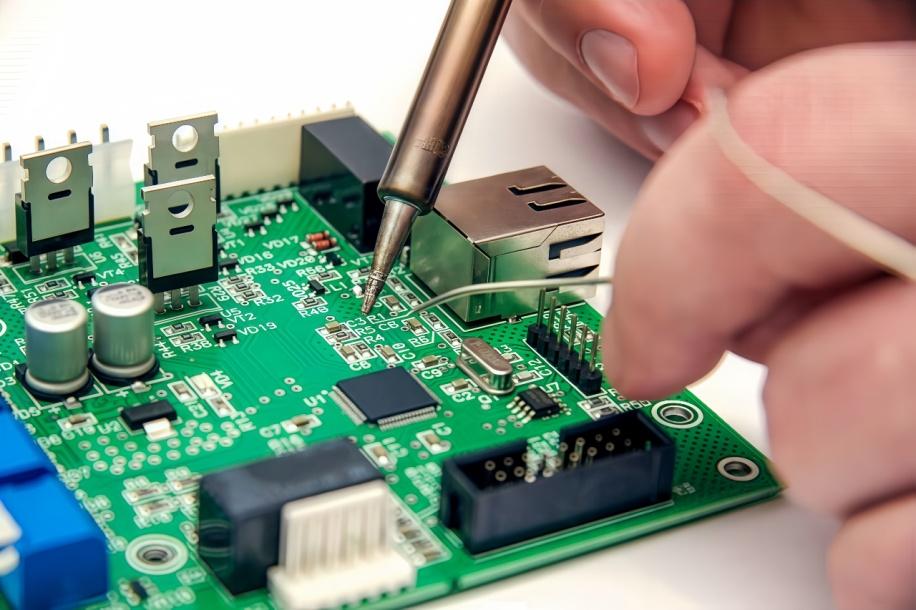
Soldering and reflow operations release VOCs and flux by-products. Continuous monitoring helps maintain indoor air quality and protects sensitive electronics from damage.
- Battery and electronics testing
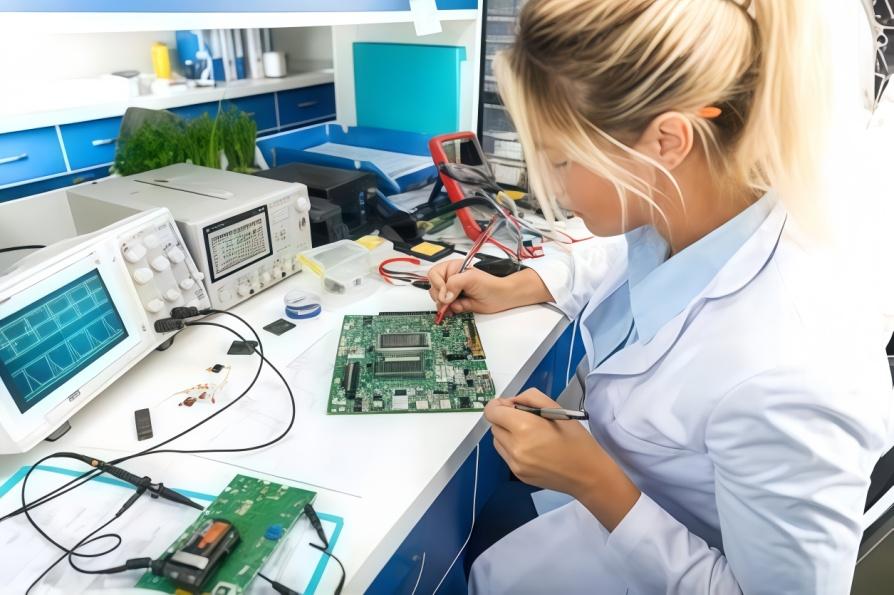
During thermal runaway or abuse tests, batteries emit CO, CO₂, HF, methane, ethylene, and VOCs. Process gas analyzers detect these emissions early, providing engineers with vital reaction time.
In short, any stage using hazardous, flammable, or purity-critical gases relies on a process gas analyzer. Process gas analyzer is the guard that watches when people can’t. Without a process gas analyzer, electronics operations face invisible dangers:
- Toxic or flammable leaks can slip through unnoticed until exposure or an incident occurs.
- Oxygen depletion in inert chambers may endanger workers invisibly.
- Unregulated emissions lead to non-compliance with OSHA’s PSM rules, EPA’s CAA/CEMS, and IEC-SIL safety standards.
Factories aren’t just built on innovation—they’re built on trust. And without reliable gas monitoring, that trust quickly cracks.
Now that we’ve outlined the key applications, let’s explore what specific gases are being monitored and how that shapes safety strategies.
What Types of Gases Do Process Gas Analyzers Monitor in Electronics Production?
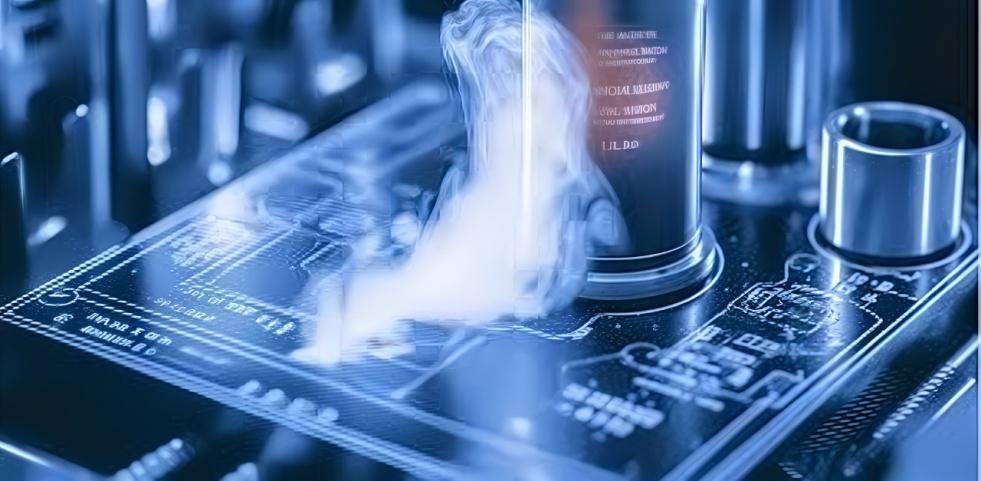
(Gases in Electronics Production)
Electricians and fab engineers rely on process gas analyzers to stay on top of gas risks. Every process has a unique gas profile. Here’s how analyzers track and manage them.
A. Fabrication & Deposition
These stages use aggressive and reactive gases like HF, SiH₄, NH₃, HCl, VOCs, SF₆, and PFCs. A process gas analyzer—often FTIR-based—detects these in real time, detecting toxic or corrosive leaks before they escalate.
B. Cleanroom air & Environmental Control
Precision in oxygen and humidity levels is critical in cleanrooms. Maintaining inert or controlled atmospheres relies on precise monitoring of oxygen (O₂), moisture, and inert gases like N₂ or Ar. Zirconia or trace-O₂ analyzers, sometimes coupled with dew-point sensors, help ensure cleanroom grades (e.g. ISO 14644) stay intact.
C. Soldering & PCB Assembly
Solder fluxes and solvents release VOCs and even CO/CO₂. A process gas analyzer picks these up early to protect operators and avoid board damage. Oxygen control here prevents oxidation during reflow.
D. Battery & Electronics Safety Testing
As batteries heat up or fail, stress tests and thermal runaway can generate CO, CO₂, HF, methane, ethylene, and VOCs. Continuous monitoring detects these gases promptly, enabling ventilation or shutdown before conditions worsen.
With the gas landscape in focus, let’s look at how process gas analyzers enhance overall safety and incident prevention.
How does a process gas analyzer enhance safety in electronics production?
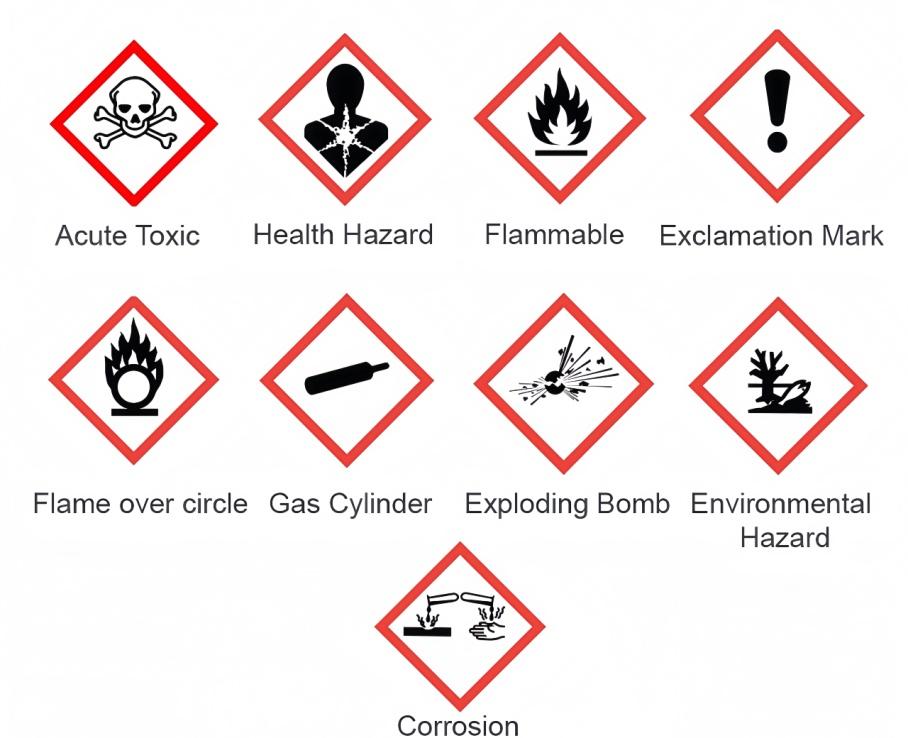
Electronics plants demand not just precision, but robust protection. A process gas analyzer steps in to strengthen safety across four vital functions:
A. Continuous Hazard Detection
A process gas analyzer constantly samples the air for dangerous conditions, whether toxic leaks, flammable vapor, or low oxygen. By catching even tiny changes, it prevents hidden hazards from escalating. Such pathogens often emerge slowly, so real-time monitoring is the key—especially in spaces humans can’t inspect continuously.
B. Early Warning & Automatic Response
Once a threshold is breached, the system immediately sounds alarms, powers up ventilation, or triggers equipment shutdown. This proactive stance avoids delays as people react. In fact, the speed of response often makes the difference between a minor incident and a costly shutdown.
C. Integration into Safety Instrumented Systems
These analyzers feed live data into Safety Instrumented Systems (SIS), supporting SIL-rated functions under IEC 61511. The SIS includes sensors, logic solvers, and final control elements that switch processes to a safe state if dangerous levels appear. In electronics manufacturing, this integration builds a structured safety layer that outperforms standalone alerts.
D. Regulatory Compliance & Documentation
Beyond safety, analyzers satisfy regulations like continuous emissions monitoring (CEMS), essential for OSHA, EPA, and cleanroom standards. Plus, they log detailed gas trends—time-stamped records that simplify audits and support what-if analysis after incidents. This traceable data instantly proves environmental responsibility and operational discipline.
Process gas analyzers do much more than detect—they actively safeguard people, equipment, and compliance. They form an integrated, data-driven safety backbone that electronics manufacturing can’t afford to skip. These safety functions only deliver value when properly implemented. So what practical steps should engineers and safety teams follow?
What Practical Steps Should You Take When Using a Process Gas Analyzer?
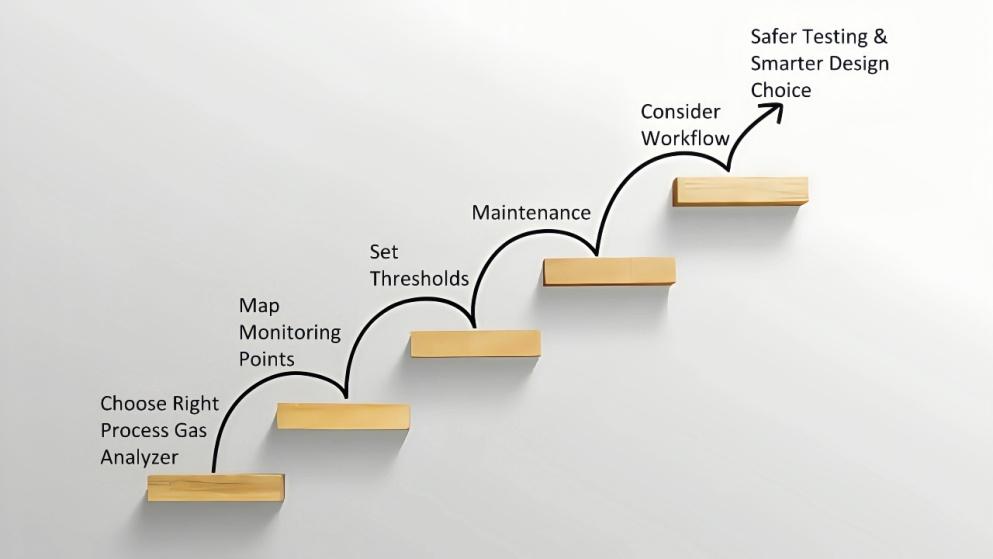
Electronics engineers and safety managers can implement effective solutions by focusing on three areas: choosing the right analyzer, integrating it into operations, and following a tested workflow. Let’s dive in.
A. Selection
Choose your process gas analyzer based on the target gas and environment:
- FTIR (Fourier Transform Infrared) for multi-species detection (e.g., HF, VOCs, PFCs) – perfect for complex semiconductor lines.
- NDIR (Non-Dispersive Infrared) excels at stable infrared-active gases like CO₂ and O₂, with high accuracy and long-life sensors.
- TDLAS (Tunable Diode Laser Absorption Spectroscopy) uses laser absorption for precise, low-ppm readings of gases like CH₄, H₂O, O₂.
- ECD (Electrochemical sensors) detect O₂ and toxic gases via redox reactions.
- TCD (Thermal Conductivity Detector) is ideal for monitoring H₂.
Matching technology to gas type ensures reliable, fast detection and reduces false alarms.
B. How to Integrate:
- Map monitoring points – focus on gas lines, deposition chambers, cleanroom air returns.
- Set thresholds clearly and tie them to alarms, ventilation systems, or automatic shutdowns via Safety Instrumented Systems (SIS).
- Maintenance counts: regularly calibrate sensors using certified gases. Perform bump tests and planned upkeep to prevent drift and ensure uptime.
This structured approach builds a proactive safety net rather than reactive firefighting.
C. Example Workflow: Battery and Electronics Testing
Consider thermal runaway testing in batteries. You install ESEGAS process gas analyzers near vent ports to monitor CO, CO₂, HF, methane, ethylene, and VOCs.
Here’s the setup:
- During nail penetration or heating, analyzers track sudden gas releases.
- When key thresholds hit, they trigger exhaust fans and alert engineers.
- Logged data helps analyze incident causes and improve battery design.
This real-world example shows how analyzers do more than just warn—they enable safer testing and smarter design choices. With the system in place, it’s time to look at the broader gains.
What Measurable Benefits Do Process Gas Analyzers Deliver?
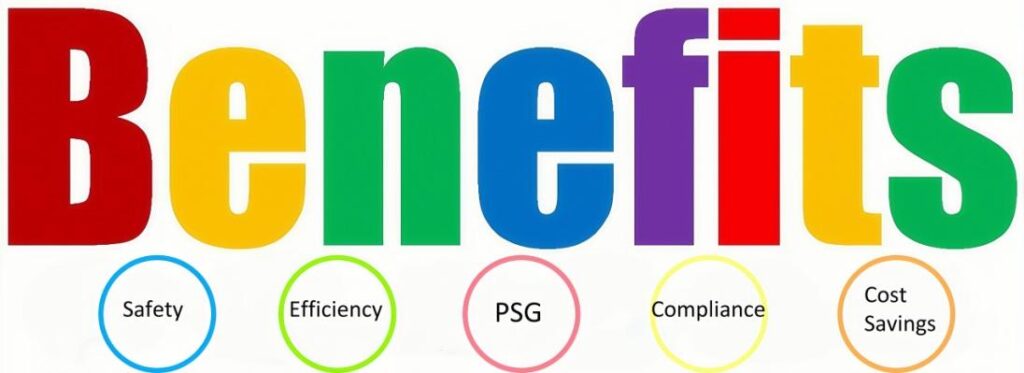
Process gas analyzers offer four key advantages that fuel safety, efficiency, and cost gains in electronics manufacturing.
1. Safety First
- They intercept toxic gas leaks and explosive concentrations before they reach dangerous levels.
- They also confirm safe oxygen levels in confined spaces.
- As a result, they help prevent chemical exposure, fires, explosions, and improve worker protection.
2. Boosted Efficiency
- By stabilizing gas flows during deposition and soldering, analyzers ensure repeatable, high-quality outcomes.
- They reduce production reworks and scrapped batches, helping teams meet deadlines without waste.
- As one source explains: precise monitoring improves product quality and operational efficiency—leading to cost savings.
3. Rock-Solid Compliance
- These systems provide continuous emissions monitoring (CEMS), which meets EPA and OSHA requirements.
- They support adherence to IEC-SIL safety protocols with full audit trails.
- In short, they turn safety into verifiable program integrity.
4. Real Cost Savings
- Analyzers cut downtime, reduce fines, and protect equipment by catching issues early.
- They extend asset life and reduce insurance premiums and liability.
- Experts note that modern analyzers offer high accuracy, fast response times, and low maintenance, reducing lifetime operating costs.
Conclusion
In electronics industry where gas risks are often silent but severe, process gas analyzers provide the visibility and control you need. They protect people, stabilize operations, meet regulations, and reduce long-term cost.
Ready to deploy or upgrade your gas monitoring solution?
Let’s explore your needs—from analyzer selection to SIS integration and maintenance planning.




